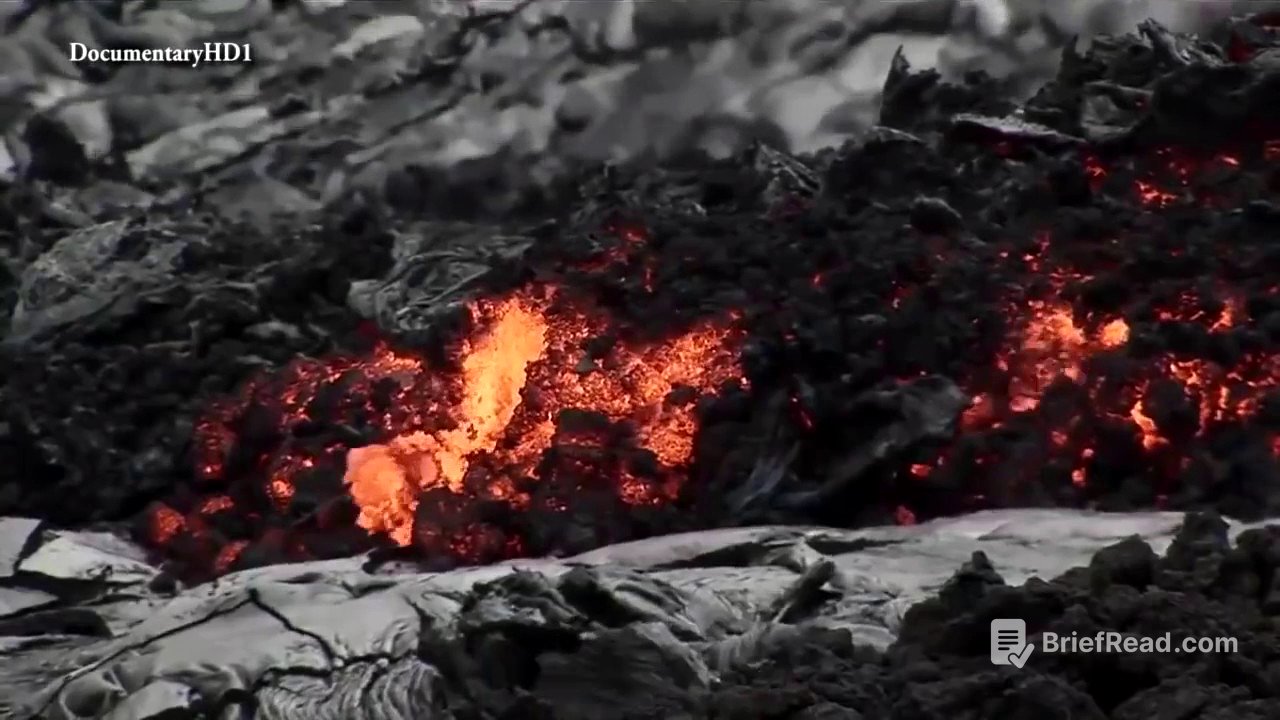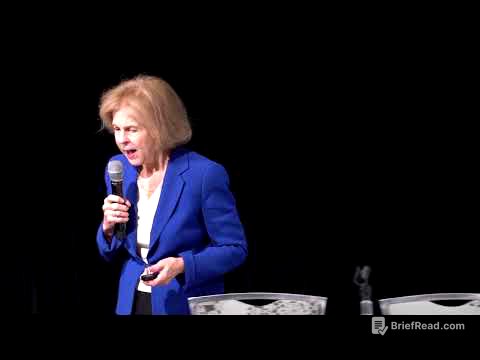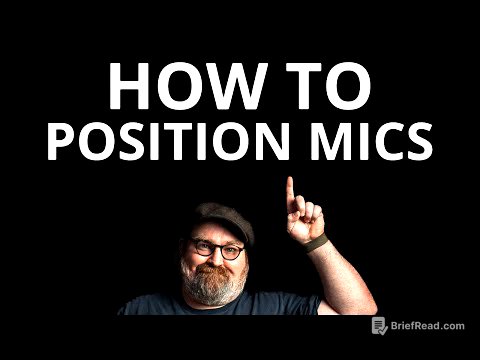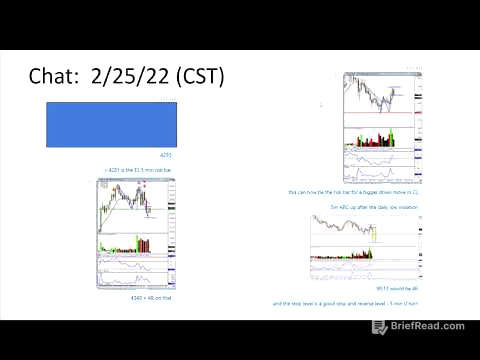TLDR;
This video presents a comprehensive overview of the history of the world, from the Big Bang to the present day, in under two hours. It highlights the interconnectedness of events and the role of energy in driving the universe's and humanity's evolution. Key takeaways include the importance of the Big Bang, the formation of elements in stars, the development of life on Earth, the impact of geographical factors, and the significance of technological advancements in shaping human civilisation.
- The universe began with the Big Bang, creating all the energy that would ever exist.
- Stars are element factories, forging the building blocks of planets and life.
- Life on Earth began with simple bacteria and evolved through key innovations like oxygen production and the harnessing of solar energy.
- Geographical factors, such as the formation of continents and the availability of domesticable plants and animals, have profoundly influenced human history.
- Technological advancements, from the Stone Age to the Industrial Revolution, have driven human progress and transformed the planet.
The Big Bang and the Birth of Atoms [1:14]
The universe began with the Big Bang, an eruption of energy from a point smaller than an atom. This event created all the energy that would ever exist, powering stars and life itself. Within minutes, 380,000 years had passed, leading to the formation of the first atoms, primarily hydrogen. These atoms, under the influence of gravity, began to form galaxies, setting the stage for more complex structures to emerge.
The Creation of Elements in Stars [5:09]
Within forming galaxies, gravity squeezed gas and dust, leading to the birth of the first stars. These stars acted as element factories, fusing hydrogen into helium and other elements. Supernovas, the explosions of massive stars, created heavier elements like iron, gold, and uranium, which are essential for building planets and supporting life. These elements became the seeds of life on Earth and the drivers of human history.
Earth's Formation and the Emergence of Life [9:49]
4.6 billion years ago, the sun was born, and Earth emerged as the third planet from it. A collision with a Mars-sized object led to the formation of the moon, which stabilises Earth's rotation and gives it seasons. Over millions of years, rain formed oceans, and life began in these primeval waters. Simple elements combined to form DNA, and bacteria became the first life forms, eventually producing oxygen and transforming the planet.
The Cambrian Explosion and the Move to Land [22:36]
Around 550 million years ago, the Cambrian explosion occurred, leading to a rapid diversification of life. Oxygen levels rose, allowing for larger and more complex organisms to evolve. Fish, the direct ancestors of vertebrates, developed key body parts like spines and jaws. Plants and animals began to move onto land, with amphibians evolving and eventually giving rise to reptiles, which could reproduce away from water.
Dinosaurs, Mammals, and the Rise of Humans [26:41]
250 million years ago, a mass extinction event wiped out many species, paving the way for the dinosaurs to dominate for 160 million years. During this time, mammals remained small and on the fringes. 65 million years ago, an asteroid impact led to the extinction of the dinosaurs, allowing mammals to rise and evolve into primates. 7 million years ago, the emergence of grasslands in Africa led some apes to walk on two legs, freeing their hands and setting the stage for human evolution.
The Stone Age, Fire, and the Power of Language [36:21]
2.6 million years ago, early humans began using silicon-based rocks to create tools, marking the beginning of the Stone Age. The ability to control fire provided warmth, protection, and a way to cook food, releasing more calories and supporting larger brains. 200,000 years ago, modern humans developed language, allowing for the sharing of information and a critical advantage over other species.
The Ice Age and the Spread of Mankind [42:03]
100,000 years ago, humans began to expand out of Africa, taking advantage of the large landmass of Afroeurasia. An ice age began, testing human resilience, but humans adapted and spread across the globe, eventually reaching the Americas via the Bering Land Bridge. The development of symbolic thought marked a significant intellectual leap, setting humans apart from other species.
The Agricultural Revolution and the Rise of Civilisation [47:35]
As the ice age ended, humans were separated into different hemispheres. The development of agriculture, particularly the planting of grass seeds, led to permanent settlements and population growth. The Fertile Crescent in the Middle East had a concentration of domesticable plants and animals, giving it an advantage. The domestication of the horse further advanced human capabilities.
Cities, Trade, and the Bronze and Iron Ages [55:01]
Around 3000 BC, settlements grew into cities, with Sumeria being one of the first. The need to manage crops led to the development of writing, armies, and politics. Trade, facilitated by donkey caravans, connected civilisations and spread ideas. The Bronze Age was followed by the Iron Age, as iron became more accessible and easier to work with.
Empires, Religions, and the Silk Roads [1:03:12]
By 1000 BC, the world remained divided, with some regions isolated. The rise of cavalry and iron weapons led to the formation of empires. New beliefs, including monotheism, emerged. The Silk Roads connected China to the Roman Empire, facilitating trade and cultural exchange. However, trade routes also carried diseases, leading to epidemics.
The Spread of Religion and the Power of Arabic Trade [1:07:59]
Christianity and Islam spread, with Arab trade driving innovation and expanding the global network. Camels opened up trade routes across the Sahara Desert, leading to the formation of states in West Africa. Arabic numerals, spread by Leonardo Fibonacci, revolutionised business and trade. Gunpowder, invented in China, spread west and transformed warfare.
Columbus and the Connection of the Hemispheres [1:12:23]
In 1492 AD, Christopher Columbus connected the two halves of the world, opening up the Americas to Europe. This voyage was a pivotal event in human history, leading to a vast new global network. Foods were exchanged between continents, leading to population growth. However, European diseases decimated the native populations of the Americas.
Sugar, Slavery, and the Limits of Muscle Power [1:17:18]
Sugar cane, a grass, played a central role in the story of mankind. Europeans discovered sugar in the Middle East and began cultivating it in the Americas, leading to the transatlantic slave trade. By 1700, human progress was limited by the reliance on muscle power.
The Industrial Revolution and the Modern World [1:20:23]
The discovery of coal and the invention of the steam engine in the 18th century led to the Industrial Revolution. This revolution transformed the landscape, shifted the hub of power to the Atlantic world, and led to advancements in transportation, communication, and warfare. The human population exploded, and the 20th century saw unprecedented change.
The Present and the Future [1:25:19]
Today, humans number close to 7 billion and have harnessed vast amounts of energy. The world is interconnected through a worldwide web, a network that has been in the making for millennia. The story of humanity is a story of competition for energy, adaptation, and innovation, with the past shaping the present and the future.









